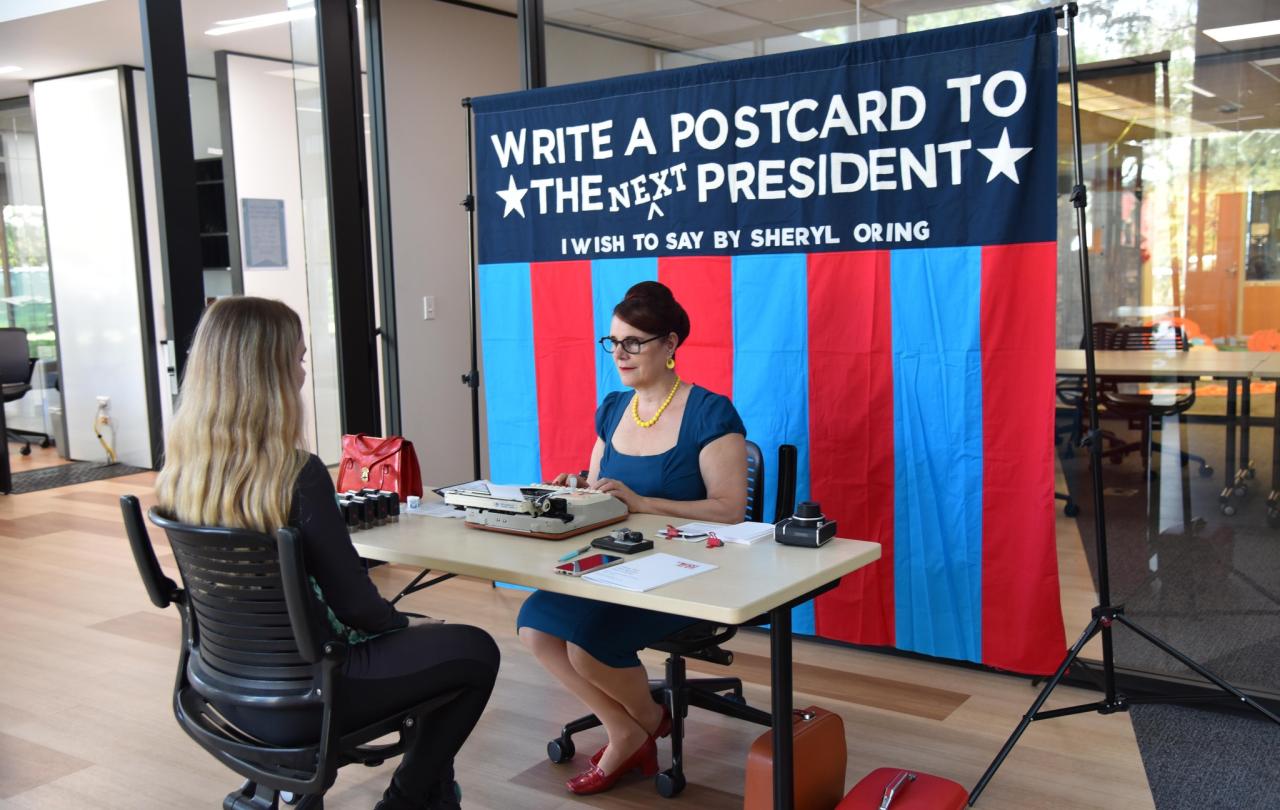
I have a conundrum. I’ve started and re-started this article four times now. And I’m surprised that I’ve settled on this opening. But alas, I have a deadline to adhere to and a cold coffee to warm back up. So, this will have to do. I’m struggling with this opening paragraph because when it comes to writing about Zena - the female-led, non-profit, environmentally friendly jewellery and accessory brand - I simply do not know where to begin.
There are too many facets of Zena that deserve to sit front and centre in this article; too many details to revel in, too many stories to tell, too much success to pick at and analyse.
Where do I possibly start?
How about with the delightful fact that the brand is named after a beloved pet goat who makes appearances on their TikTok? You know, kick things off on an endearing note. Or perhaps the fact that there are playlists curated for all occasions, dance challenges, and even a recipe for tequila lollipops on their website? That would certainly alert people to how seriously this team takes the art of having fun. Or maybe I should open with the fact that they’ve both challenged and refined how I perceive empowerment and agency. I could explain how they have alerted me to the importance of investing in female entrepreneurs as a means of tackling extreme poverty and profound gender inequality.
Yes. I think that’s it. Let’s start there and work our way backwards, shall we?
These women are not beneficiaries, they are benefactors – and that’s an important, not to mention beautiful, distinction.
In which case, here’s the heartbeat of Zena, here’s what you need to know in order to understand everything else about them: women living in rural poverty are currently facing two major barriers when it comes to business opportunity and entrepreneurship, and Zena are tackling both head on.
Firstly, female entrepreneurs in these settings have little to no capital with which to launch their business ventures. To combat this, every single product offered by Zena, whose HQ is in Kamuli (Uganda), is hand-crafted by women who were previously living below the poverty line. Through the Zena apprenticeships, these women are able to support themselves and their families while also earning/saving the capital they need to launch their own businesses once the short-term apprenticeship comes to an end. These women are not beneficiaries, they are benefactors – and that’s an important, not to mention beautiful, distinction.
Secondly, as well as a lack of capital, these women are battling a lack of education. And so, through a multi-phase entrepreneurship programme (The Zena Launch Pad), Zena are giving their apprentices both the theoretical and practical tools that they need to launch and sustain their own businesses. Women are graduating from this programme with literacy and numeracy skills, a viable business plan, industry-specific knowledge and skills, as well as leadership and development.
Because here’s the bottom-line, the foundation upon which Zena stands, the deep conviction of both Caragh and Loren, the co-founders and CEOs; agency matters. Widening one’s understanding of success to encompass these women’s agency, for better or for worse, matters. Empowering these women to earn their own capital, to see the unfolding of their own ideas, to know that their decisions matter, it makes all the difference. No dependence, no hand-outs, and no debt. Just the kind of empowerment that is laced with agency.
It’s bold. But it’s working.
There was utter delight in her eyes when she explained how good generates more good and creation generates more creation.
So far, time-stamped at this moment in time, Zena’s hybrid and holistic approach has led to 67 female entrepreneurs, over 150 children in school, and nearly 500 lives lived above the poverty line. Women are hiring other women, businesses are birthing more businesses, education is generating more education.
Pretty special, isn’t it? Pretty Jesus-like too.
I had the immense joy of chatting to Caragh, one of the co-founders and CEOs of Zena; she reminded me that multiplication is one of Jesus’ most classic moves. Just as the people sitting around Jesus with wide eyes and numb backsides witnessed one humble lunch feed tens-of-thousands of mouths, so are Caragh and her team witnessing jaw-dropping multiplication happen before their very eyes. There was utter delight in her eyes when she explained how good generates more good and creation generates more creation. Compassion is contagious and innovation spreads. Although Zena is by no means an enterprise that squeezes itself into a religious box (empowering women of all faiths and none), it is easy to see how Caragh and Loren’s faith in a God who wrote generative goodness into the fabric of reality, informs their mission to write it into their business model.
Something else that is woven into the DNA of Zena, much to my delight, is an unabashed celebration of the female consumer. 2023 may well be remembered as the year when an economic earthquake was caused by Taylor Swift, Beyonce, and Barbie. According to Forbes, it is likely to be regarded as the year where people began to take seriously and analyse the power of 'the female dollar'. And Zena, with their penchant for all things pink and glittery, have been sitting ahead of the curve for a little while. Their products, as seen in Vogue, Marie Claire, and Harvey Nicholls (as well as embellishing the looks of numerous celebrities), seem to have been made with this cultural moment in sight. Their aesthetic perfectly encapsulates the resurgence of female playfulness and the reclaiming of ‘girliness’ as something to embrace and revel in. As I have already referenced, joy is something that this team take incredibly seriously.
The celebration of women infiltrates every layer of Zena’s existence, that much is clear. While their products delight the female gaze, their profits sow into female entrepreneurship. Both of which display how working toward gender equality, particularly in contexts such as Kamuli, is a means by which we can wage a war on extreme poverty.
Women serving women, who are serving women, who are serving women. And on it goes – so beautifully circular. So intriguingly God-inspired.





